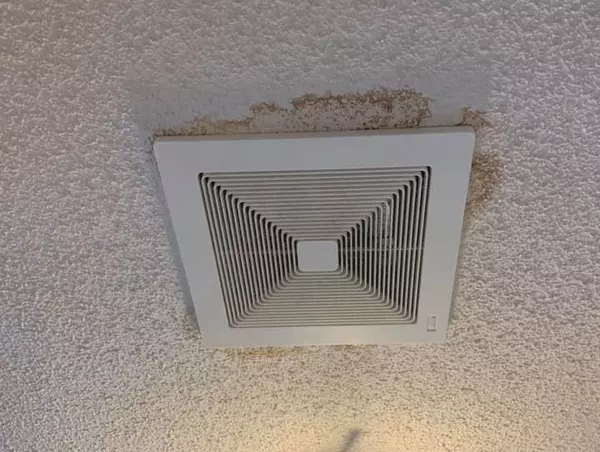Home Buying Process
Buying a home can be an exciting and overwhelming experience for many people. It is a significant investment and requires careful consideration to ensure that you end up with the right property for your needs. Whether you are a first-time homebuyer or a seasoned investor, here are some essential steps to follow when buying a home.
1. Know Your Budget
Before you start shopping for a home, you need to know how much you can afford to spend. It is essential to determine your budget and stick to it. Consider your current income, monthly expenses, and any other financial obligations you have. The rule of thumb is that your mortgage payment should not exceed 28% of your gross monthly income.
2. Get Pre-Approved for a Mortgage
Once you have determined your budget, the next step is to get pre-approved for a mortgage. This process involves meeting with a lender, who will review your financial information and credit score to determine how much they are willing to lend you. Being pre-approved for a mortgage gives you an advantage when making an offer on a home since it shows sellers that you are a serious buyer.
3. Hire a Real Estate Agent
A real estate agent can be an invaluable asset when buying a home. They have access to listings that are not available to the public and can help you find the right property for your needs. They can also negotiate on your behalf, handle paperwork, and provide advice throughout the buying process.
4. Start Your Home Search
With your budget and pre-approval in hand, it's time to start your home search. Work with your real estate agent to create a list of your must-haves and deal-breakers, and then start looking at properties that meet your criteria. Attend open houses, view virtual tours, and schedule private showings to get a better idea of what's available in your price range.
5. Make an Offer
Once you find a home that you want to buy, it's time to make an offer. Your real estate agent can help you determine a fair price based on the current market conditions and the home's condition and location. They can also help you write an offer that includes any contingencies, such as a home inspection or financing.
6. Complete the Home Inspection
Before finalizing your home purchase, it's essential to complete a home inspection. A licensed inspector will review the property's condition, including the roof, foundation, electrical systems, plumbing, and more. They will provide a report that outlines any issues or concerns they find, which can help you negotiate repairs or a lower price.
7. Close on the Home
After the home inspection and any necessary repairs, it's time to close on the home. This process involves signing all the necessary paperwork, including the mortgage documents and the seller's transfer of ownership. Once everything is signed, you will receive the keys to your new home.
In conclusion, buying a home can be a complex process, but by following these essential steps, you can navigate it successfully. Remember to work with a real estate agent, determine your budget, and get pre-approved for a mortgage before you start your home search. Once you find the right property, make an offer, complete a home inspection, and close on the home. Good luck with your home buying journey!
Categories
Recent Posts












